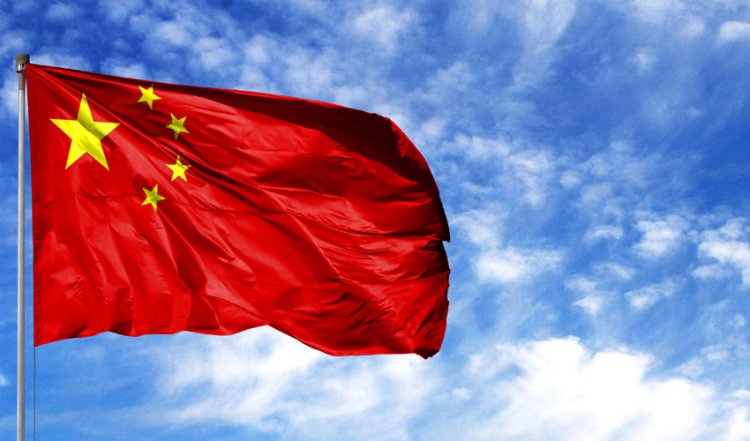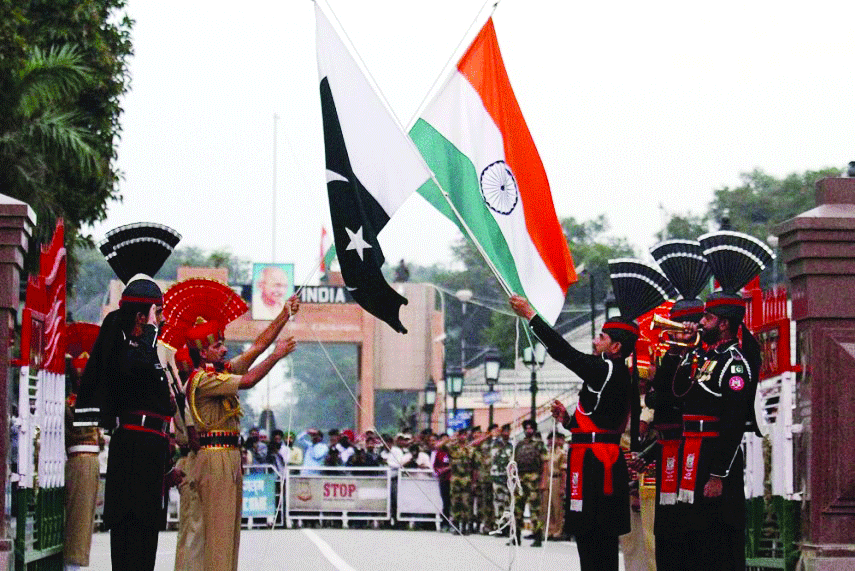China’s assertive diplomacy in S. Asia: Worries for India and Neighbours
STORIES, ANALYSES, EXPERT VIEWS

Speaking to the Diplomatic Correspondents Association of Bangladesh, the Chinese ambassador to Bangladesh, Li Jiming warned Bangladesh against joining the Quad - the quadrilateral framework that brings Australia, India, Japan and the US together.
Such aggressive diplomacy, writes C Raja Mohan (director, Institute of South Asian Studies, National University of Singapore and contributing editor on international affairs for The Indian Express), “point to the new kind of challenges that the Subcontinent — including Beijing’s friends and foes — will face from the assertive superpower at its doorstep.”
Stating that “China always used tough language when it came to issues of its sovereignty and territorial integrity,” Mohan argues “the aggressive style now covers a much broader range of issues……. Chinese diplomats now have an explicit mandate from President Xi Jinping to boldly defend Beijing’s interests and actively shape the international discourse on the issues of the day.
“The new ‘wolf warrior diplomacy’ confronts head-on any criticism of China in the public sphere. They lecture host governments and don’t always show up when ‘summoned’ by foreign offices. Delhi has been at the receiving end for a while — especially during the recent crises of Doklam and Ladakh. Sections of the Chinese official media have taken to ever new and creative ways of insulting India. But our South Asian neighbours, all of whom enjoy good relations with China, are only now getting a taste of Beijing’s new diplomatic medicine……In talking about Dhaka and the Quad, the ambassador was simply laying down a red line for Bangladesh.”
Pre-emption is part of ‘Beijing’s strategic culture’
Pre-emption, says Mohan “is very much part of Beijing’s strategic culture. Recall the events of September 2007, when Chinese media dubbed the annual Malabar exercises in the Bay of Bengal as the foundation for an ‘Asian Nato’. The exercise series that began in the early 1990s had four nations — the US, Japan, Australia and Singapore — joining India for the first time.
“……Chinese objections did have political and policy consequences for India. After September 2007, Delhi became wary of deepening defence cooperation with the US. The Malabar series went back into the bilateral mode until the NDA government expanded it to include Japan in 2015 and Australia in 2020.”
Implications for India’s neighbours
India’s South Asian neighbours need to get used to and understand Xi’s assertive diplomacy. Unlike in the past, “China is no longer reluctant to intervene….Our neighbours have always complained about India’s inefficiency in implementing economic projects and contrasted this with China’s speed and purposefulness. But they are also discovering the flip side of Chinese economic efficiency — the capacity to set and implement terms of cooperation that are not always in favour of the host nation.
“For all their complaints about imperial Delhi, all the regimes in the region have had access to different sections of the Indian elite and some capacity to shape the discourse on neighbourhood policies. They may soon discover they have no political recourse at all in China’s closed political system that has become so much tighter under President Xi.
“Our neighbours have long seen China as a convenient, off-the-shelf solution to balancing India. Until now, Chinese support against India seemed free of cost. As Beijing becomes ever more assertive in South Asia, the costs of relying on China are likely to become more apparent. On the face of it, having strong ties with India, China, the US, Japan and Russia does in fact increase the bargaining power of South Asia’s smaller nations with each of them. The diplomatic controversy in Dhaka is a reminder that China is not obliged to make that any easier……..”
Afghanistan: China’s Taliban outreach
China is not going to make it easy for India as well as the region with its outreach to the Taliban. Speaking at the Heart of Asia virtual conference last month, Chinese Foreign Minister Wang Yi said that the “foreign military forces should withdraw from Afghanistan in an orderly manner and resolutely prevent various terrorist forces from creating chaos”. Wang assured that China would work with all other parties to bring peace to every corner of Afghanistan at an early date and deliver the benefits of development to the Afghan people.
Bringing development to Afghanistan is a far cry. It has not made any such initiative in the past. Its main concern, according to Yogesh Gupta (former Ambassador) “is in checking the activities of extremist groups such as the East Turkestan Islamic Movement (ETIM). China’s fear of Uighur militants belonging to ETIM has grown over the last five years, as many have relocated from Syria to the Badakshan province of Afghanistan, neighbouring Xinjiang where China has initiated a vast campaign to incarcerate them in camps (prisons) for re-education.
“China has also been concerned about the support, which the Al Qaeda (which maintains close ties with the Taliban) could provide to the ETIM militants and the infiltration of Islamic State (IS) fighters into Xinjiang. After the deterioration of China’s relations with the US recently, its worry is that the US could use its continued military presence in Afghanistan to support Uighur dissidents seeking independence from Beijing………”
China had reached the conclusion that the US and the Afghan government could not defeat the Taliban and it would either come into power or control substantial Afghan territory. China had started maintaining close ties with the Taliban since 1999; in December 2000, China’s Ambassador to Pakistan Lu Shulin met Taliban leader Mullah Omar in Kandahar. China has used its contacts with Pakistan to establish close ties with the Taliban in the hope that they would not allow ETIM militants to infiltrate into Xinjiang. The Taliban have sought Beijing’s support for getting international legitimacy and aid.
China’s dual policy: This has been “maintaining close ties with both the Taliban and the Afghan government. The Taliban’s ultra-conservative outlook and extremist policies have never constrained China from feting numerous Taliban delegations in Beijing in the hope that the Taliban would not allow the ETIM to establish bases and grow its network in Afghanistan. Most significant of these was the visit by the Taliban’s Deputy Leader, Mullah Abdul Ghani Barader to Beijing in June 2019.”
“The Afghan government has been unhappy at the frequency of China’s meetings with the Taliban leaders and the former’s unwillingness to brief them on these discussions……”In fact, “former Afghan President Hamid Karzai and the present incumbent, Ashraf Ghani, tried to court Beijing in the hope that it would use its influence to pressurise Pakistan to sever its ties with the Taliban and increase its economic investment in Afghanistan. China did nothing of that sort. Even the promised Chinese investment of $100 million in its Belt and Road Initiative (BRI) in Afghanistan and the extraction of copper at Mes Aynak mines or oil in the three oil fields in the Afghan provinces of Faryab and Sar-i-Pul (estimated to hold 87 million barrels of oil) never materialised due to political reasons.
Presently, with the US withdrawal “China’s major worry is that the conflict between the Afghan government and the Taliban will escalate, pushing the country into a civil war. It will create an environment for the growth of extremist groups such as Al Qaeda, IS, ETIM and others…..”
At the same time, China has been unhappy about the Indian military presence, its defence and large economic assistance to Afghanistan and the growth of India’s influence there. India is conscious of Chinese plans and moves and is hedging its bets on a ‘Afghan-led, Afghan – owned and Afghan-controlled’ reconciliation process, while keeping its options for talks with Taliban.

















